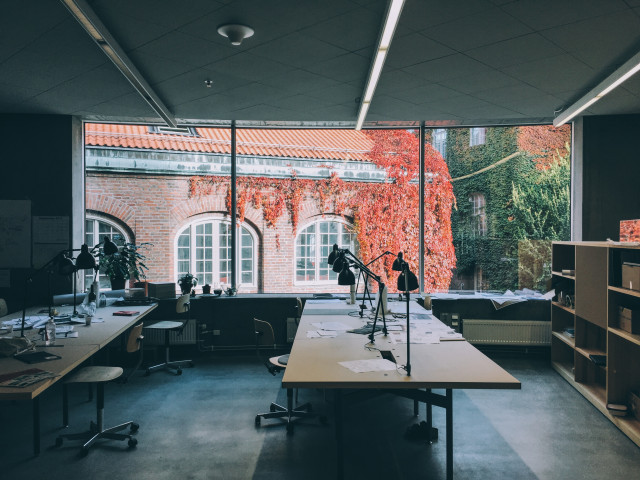The course consists of theoretical and practical parts. In the theoretical part, students will learn basics of measurement techniques and the physics behind, principles of sensors, error analysis and the ways to reduce measurement errors, and the relevant International Standards. On the practical side, students will carry out around six experiments covering the following topics:
- Basic acoustic measurements, influence of environment
- Sound power measurements: sound pressure and sound intensity methods
- Air-borne and structure-borne sound transmission loss
- Basic vibration measurements, influence of the sensors
- Sound absorption and surface acoustic impedance
- Reverberation time and different ways to measure structural loss factor
